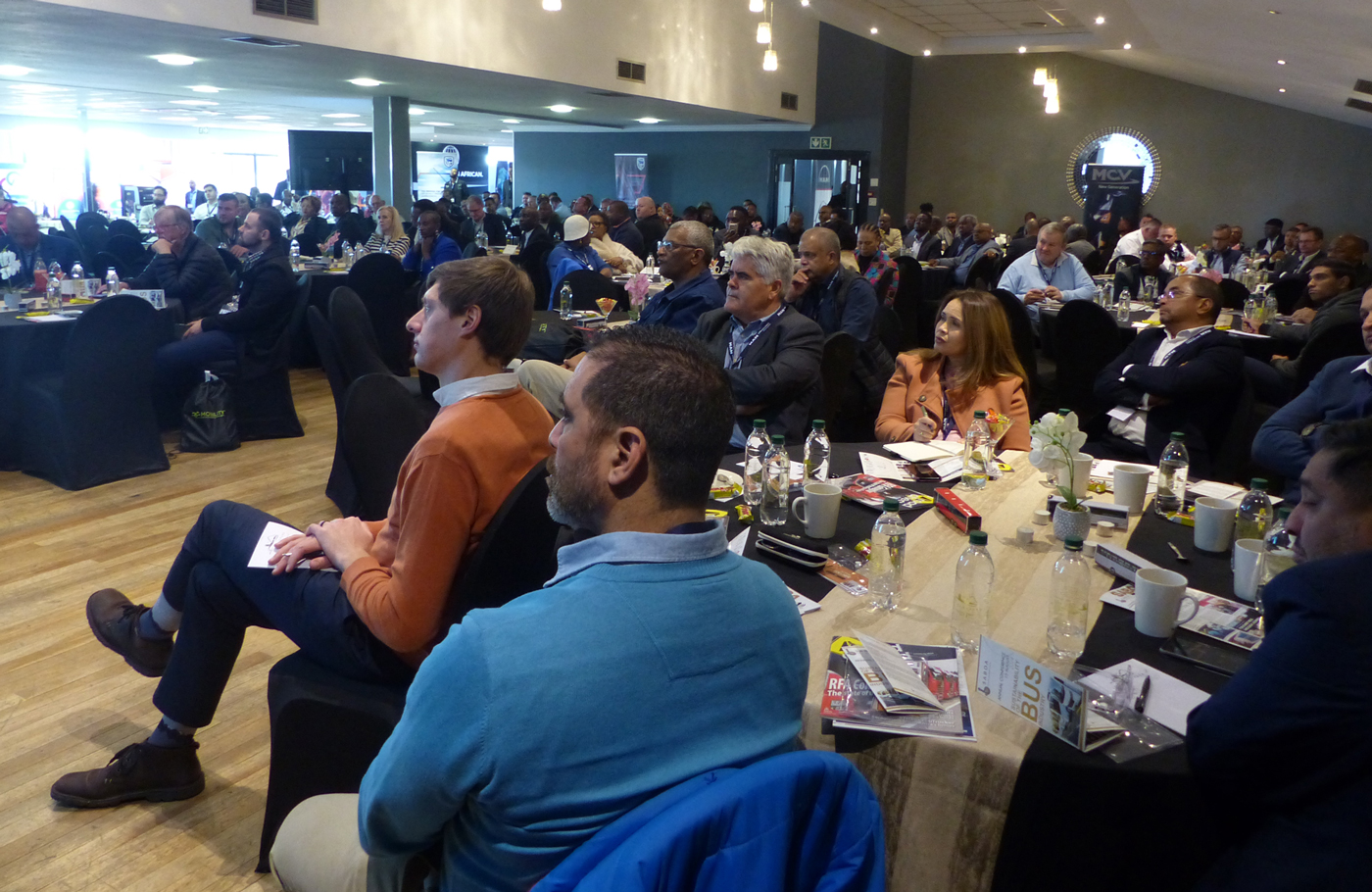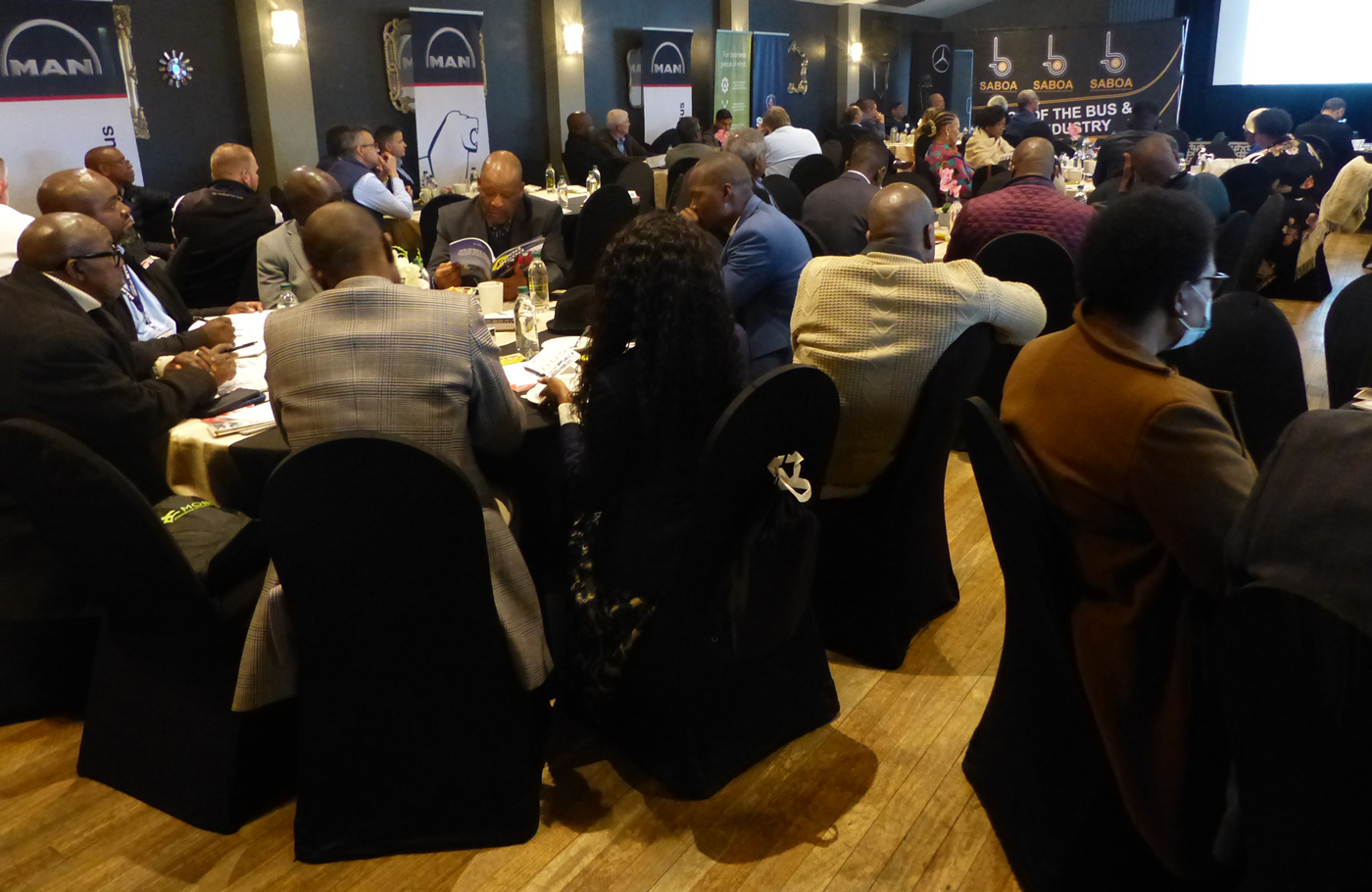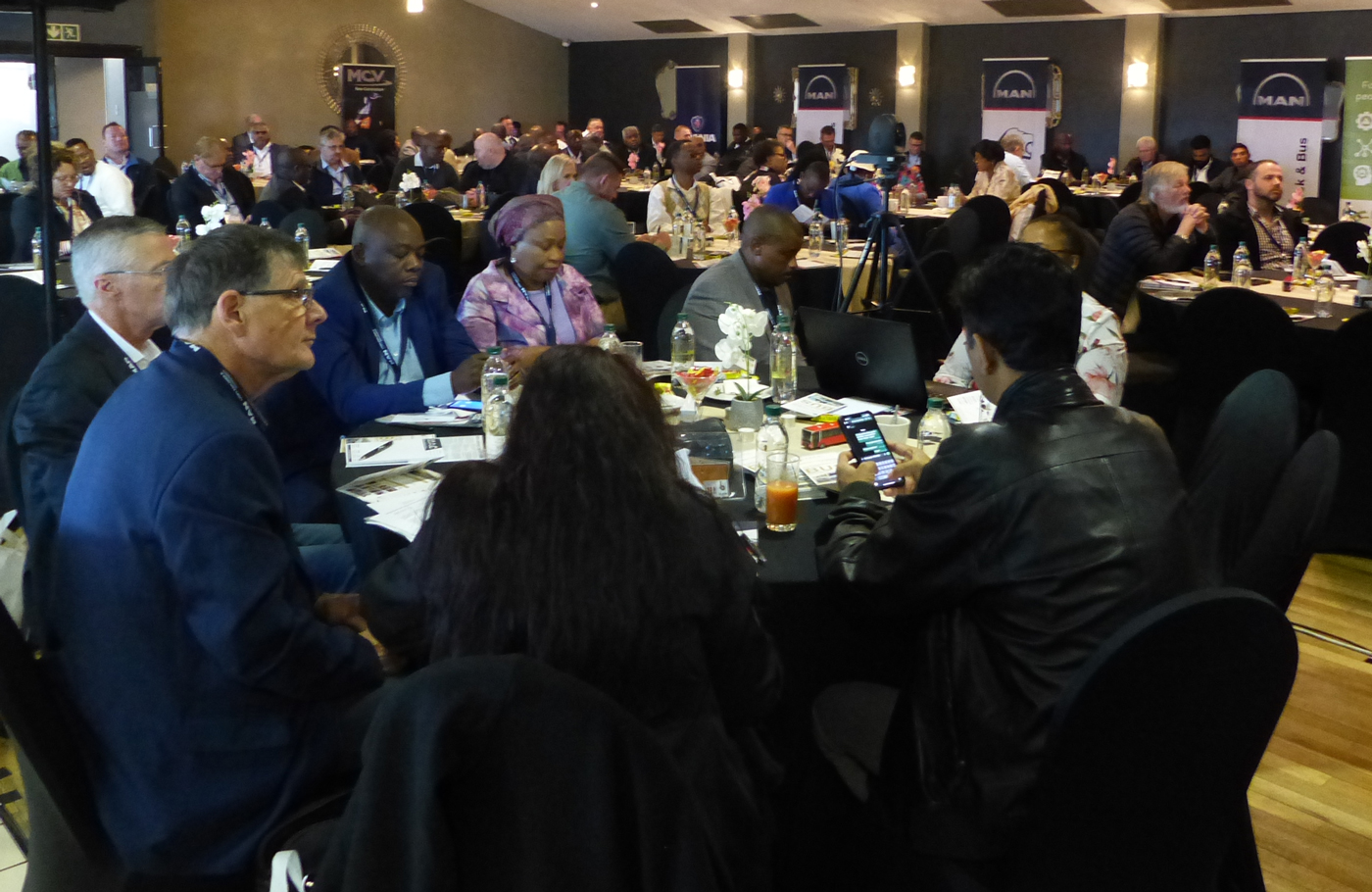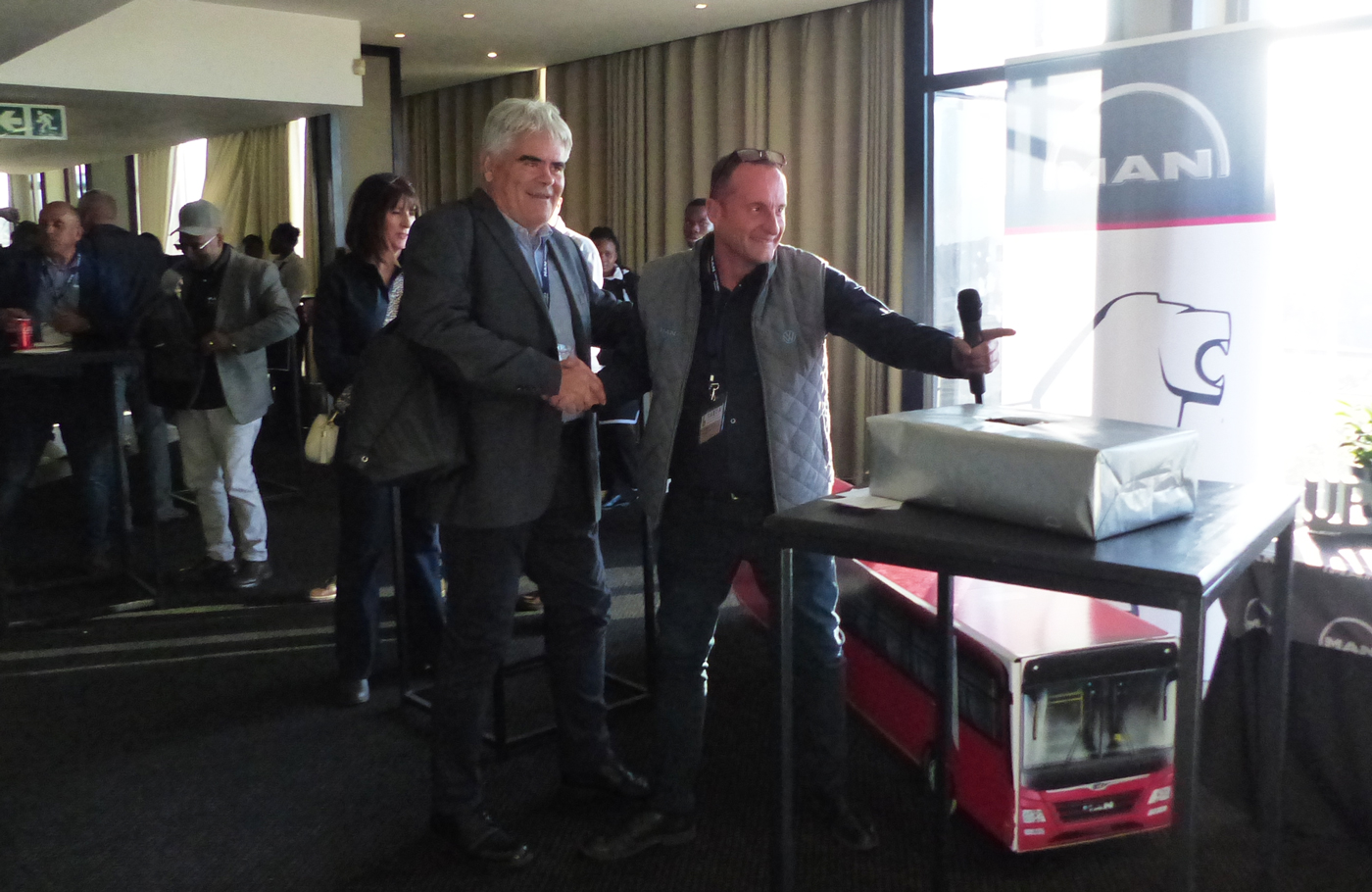Saboa Conference underscores operator resilience
Saboa Conference underscores operator resilience
If one thing emerged from the 2024 Southern African Bus Operators Association (Saboa) Conference, it was the sector’s resilience. COLIN WINDELL reports that bus and coach operators appear eager to embrace operational changes and new technologies to remain profitable, sustainable, and able to offer improved services to customers.
In the wake of several incidents involving school commuters and other bus users, discussions on scholar transport, electronic ticketing, and battery-electric bus services took on a heightened level of significance at the conference.
Petrus Roberts, commissioner of safety and security for the City of Cape Town, outlined the cooperative relationship between the city and Golden Arrow Bus Services (GABS). He discussed the city’s plan that grouped and linked together all the relevant stakeholders tasked with ensuring public safety, saying that this cooperation had helped to significantly reduce crime levels. For instance, the number of incidents involving GABS passengers decreased from 82 in the first half of last year to 24 in the same period this year.
To further help combat crime, uniformed officers randomly board buses as they traverse the city. The entire crime-fighting structure relies on a constant flow of gathered intelligence from a wide variety of sources.
There is thus a clear need for account-based ticketing in the transport industry. This can be defined as a fare collection system where all travel information is held in the “back office” in the form of a digital account. The fare media – smartcard, cellphone, smart watch, or other device – act as secure tokens to access the digital account.





Tshepo Kgobe, chief executive officer of the Gautrain Management Agency, told delegates that one of the key elements of any integrated fare management system (IFMS) is journey planning. “A journey planning application enables the rider to plan a route end-to-end across multiple modes of transport and provides associated travel information such as schedules or changes,” he noted.
“In the background, the operating systems need to be able to digest information and to interpret this from multiple operators and transport modes. They must also be able to take data from detectors, cameras, and other data-collecting sources,” Kgobe continued. “This then feeds the Transport Management Centre that has the responsibility for managing and coordinating traffic flows across the IFMS.”
He added that commuters will benefit from multimodal travel solutions including discounts, have a better travel experience, and enjoy enhanced security because of the cashless system.
The University of Johannesburg (UJ) has implemented an electric bus service and executive director, facilities management, Professor Andre Nel, said discussions about the sustainability and survivability of UJ began way back in 2017. Part of this was reducing exposure to high-risk financial events and uncontrolled utility costs, as well as reducing the university’s carbon footprint.
“In 2019, we started looking at the intercampus bus service. We reviewed LPG gas-assisted internal combustion engines, hybrid electric, battery-electric, and hydrogen fuel cells. We considered supplier and local support for each type, (as well as) range and overheads, costs, and support over a 10- to 15-year lifespan, and both capex and opex,” Nel expanded.
“Realising UJ would get no funding for the project (unlike in the US), we ignored the return on investment in our analysis. We assumed the local carbon tax would remain below international levels – which it has,” he continued. “We then settled on basic specifications that required a minimum standard battery range of 320km and an ability to swap out to smaller battery packs for vehicles allocated to shorter or circular routes. We wanted recharging times to be less than five hours (from a 20% capacity), a warranty of seven years or 3,000 discharges from 95 to 20%, and at least 40% local content by value in the bus.”
The first three buses were procured in 2021/2, and two charging stations were installed by Grid Cars. To date, the units have covered more than 250,000km in actual operation and transported more than 300,000 students. Route costs amount to anything from R2.20 to R2.75/km, depending on the route.
Elmon Maake, director at the National Department of Transport, spoke about scholar transport challenges and solutions. “Where ease of physical access to schools is not financially feasible, proposed alternatives include the provision of transport, provision of hostels, and/or the provision of special schools,” he revealed. He also noted steady improvement in the learner transport performance programme from more than 557,000 learners transported in 2019 to 706,000 in 2023 – across 4,204 schools nationally and with a budget of R4.9 billion.
“Some issues do require intervention and that includes prioritising the transportation of learners with special needs and operators fully complying with the provisions of the learner transport programme and Road Traffic Regulations,” Maake added.
Finally, Thys Heyns, executive director of the Larimar Group, reminded delegates that one in three bus companies did not survive the Covid pandemic and 7,000 employees lost their jobs. This has been confirmed by the South African Road Passenger Bargaining Council, which reported that the industry was being eroded due to an “almost perfect storm” of Covid, macro-economic factors, and depressed localised conditions. It stated that the pandemic directly impacted 40% of industry entities (parties and non-parties) to a point of no return.
Were things really that bad for the bus and coach industry? Most definitely. However, it was evident from all the presentations and the response from delegates at the Saboa Conference that Southern African bus and coach operators are both resilient and determined to make things work.
Published by
Focus on Transport
focusmagsa










